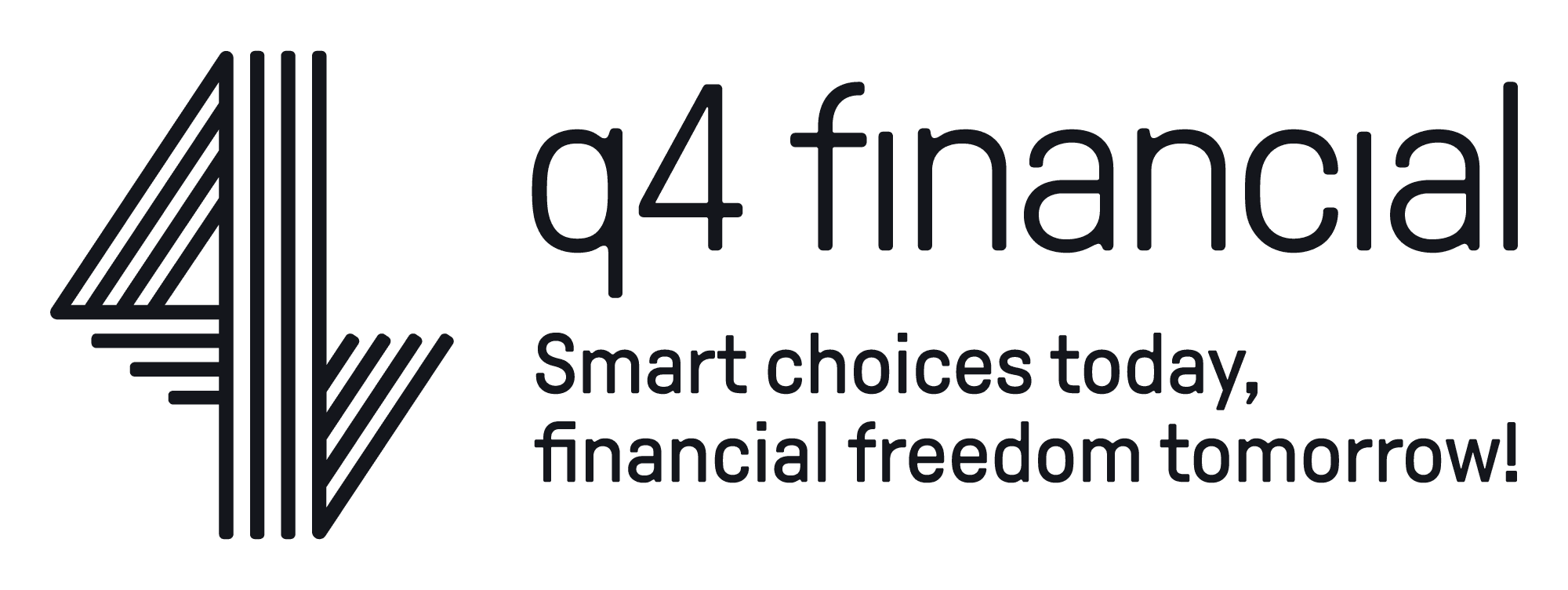
It’s obvious that profitability is key to the success of your business. Less obvious, perhaps, is the importance of understanding the key drivers that determine business profitability.
Without understanding these, profitability forecasting becomes impossible – and you are essentially working ‘blind’ in your business.
Many business owners believe the only way to make more money is to sell more. In fact, profitability improvement is much subtler than this.
Your challenge is to identify your key profitability drivers and forecast how changes to these drivers can impact on your profitability. We’ve made that a little easier by breaking it down for you…
How does business profitability work?
Some business owners assume that the main driver of profitability is the price of services sold and that, to increase profitability by 5 percent, you simply increase the price of services by 5 percent. Whilst this strategy might improve profitability, it oversimplifies it.
A number of key drivers influence the profitability of a business: costs of production, costs to acquire customers, volume of goods/services sold, cash flow management, resource allocation, and more.
While some of these should be items in your business budget, you’ll need to put in place measurement systems for others.
Let’s say you own a service business where your overheads are fixed, and your delivery costs include the labour of subcontractors. Your goal is to increase profitability, and you want to know ‘what if’ you increase the price of services to clients by 5 percent?
A price rise would increase profitability if all other costs of delivery remained the same. In fact, it looks like a no-brainer until you consider how the equation may change depending on what happens following your price increase.
For example, your sub-contractors may ask for a higher rate; your overheads and/or delivery costs may increase; you may lose clients; and so on.
Other matters will impact profitability too. Ask yourself:
- How many clients can you afford to lose following a price rise in order to remain profitable?
- What if you don’t lose clients after the price rise and have to increase staff to service these clients?
- How much can you afford to increase wages by and remain more profitable than before the price rise?
Controlling and forecasting profitability
Without realistic profitability forecasting, you cannot make sound business decisions. Instead, you may be tempted to resort to ‘what we did last time or ‘gut reaction’, without any real confidence that this will deliver the business goals you are hoping for.
You are likely to feel at the mercy of the market with your fingers crossed in the hope of ‘ideal conditions’.
When you do understand what determines profitability, you can use your knowledge of the factors at play to drive your business profitability in your preferred direction and at your preferred rate.
More generally, profitability forecasting provides valuable insights and deeper understanding of how your business works. This contributes significantly to the success of your business and your professional standing as a business owner.
‘What if’ analysis for profitability forecasting
Using ‘what if’ analysis, it is possible to run scenarios that realistically forecast profitability. If you take the time to work through each possible scenario, you can see for yourself the impact of changes on key drivers of your profitability.
If you’d prefer some guidance, we regularly work with clients on ‘what if’ analysis of profitability. We can use your business’s actual numbers for the key variables and run scenarios to show you the impacts of possible changes on your profitability.
When scenarios are revisited at regular business reviews, they provide real data on the health of your business to help you plan for the future. Running the scenarios continuously develops your understanding and builds your confidence and ability in making sound business decisions.
To find out more about how we can help you understand and control the profitability of your business, please call (07) 3171 4255 or email me at grant@q4financial.com.au.
q4 financial is known for helping business families to feel financially safe, confident and in control.
The information contained in this article is general and is not intended to serve as advice. No warranty is given in relation to the accuracy or reliability of any information. Users should not act or fail to act on the basis of information contained herein. Users are encouraged to contact q4 financial professional advisers for advice concerning specific matters before making any decision.
